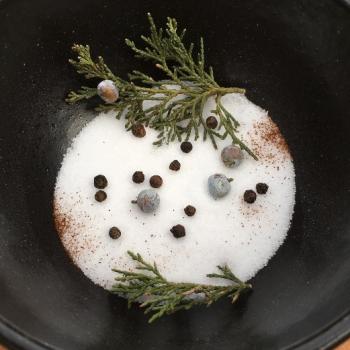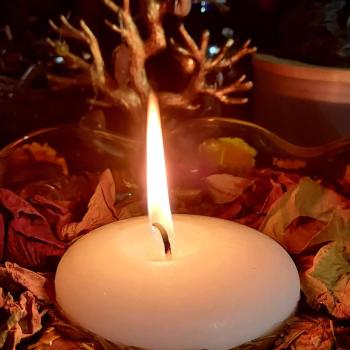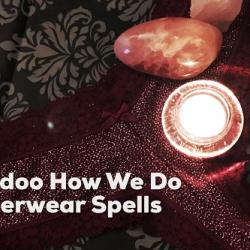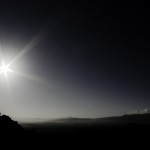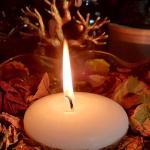I’ve said it before and I’ll saw it again: my grandmother was devoted to God. She honored him in the ways that spoke to her spirit and in the ways that she deemed good. By her summation, Hoodoo was anything but good. Long after my grandmother passed away, my mother told me stories about college acquaintances of hers that my grandmother had given the side-eye because they wore antique jewelry and fragrant oils. My mother had confirmed with her acquaintances that they were indeed using charms and magical oils to attract lovers, money, and the other good things in life. My mother recounted her mother’s sideways glances at her college pals with a hint of pride in her voice because my grandmother knew that those women had been “into something”.
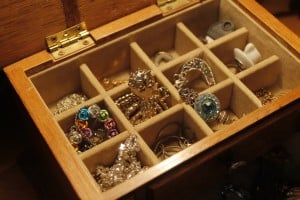
At the time my mother shared the memory with me, she had intended it as a cautionary tale, but I didn’t feel off-put at all. It was my first inkling of a specifically African-American magical tradition that extended beyond a pot of blackeyed peas and collard greens at the New Year. For years I wished that I could speak with my grandmother about her intuitive sense that the women my mother knew were “into something”. I wished that I could understand what she knew, or what she thought she knew. I have no doubt that my grandmother heard and saw a lot in her day, and she drew conclusions that made sense to her based on her beliefs. But if I’d been able to talk to her over the years I often wonder what magics she might have shared with me that I could have then pursued and interpreted in accord with my own beliefs.
As it was, I had my mother’s story and that was enough; I was hooked. Curiosity grabbed me and I started reading until I found information about rootwork, Hoodoo, conjure, and the like. I learned of its roots in African, Indigenous, and European magical systems and plant and animal lore. I studied, practiced, and learned how to burn candles, call the spirits, make a mojo, sweeten a judge, and other magical operations; however, the majority of my practice centers on purification and protection. I use herbs and oils, waters and washes, teas and incense, to get rid of stagnant or malignant energy and also guard against further contamination. Hyssop and rue are tried and true favorites of mine for this purpose. I am also fond of sage and salt. For protection I tend to rely on Dragon’s Blood resin or Fiery Wall of Protection condition oil. I bring in other herbs, oils, and resins where needed but the above serve me well for most of my regular purification and protection.
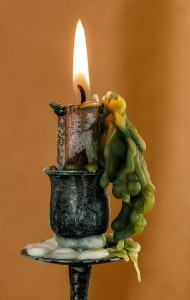
My Hoodoo practice is young but growing, and with every conjuring I feel closer in a new way to the Black folks of the American South who conjured what they could from the natural world around them to attain love, healing, money, power, and more when society allowed them so little. For me, Hoodoo is a folk magical tradition with ingenuity at its core. Of course there are spells that have existed for ages, but there is also room for innovation. What’s more, in my view Hoodoo is about relationships, whether it be relationships with God(s) and angels, the dead, or the spirits of the plants and animals that help with the work. The powers themselves can inspire the work or the conjurer herself can craft a new trick to try. Hoodoo is a folk magic tradition that can remember the past, hold the present, and evolve for the future.
African-American southern conjure is a living, breathing spirit. Every time I work, I invoke it and I am also a part of it. The roots of Hoodoo are deep. I have no doubt that the conjurers of today and those of tomorrow will do as their predecessors have done and continue to bring knowledge, wisdom, and inspiration to Hoodoo, with their hands in the dirt, their hearts extended to their communities, and their eyes watching God.



